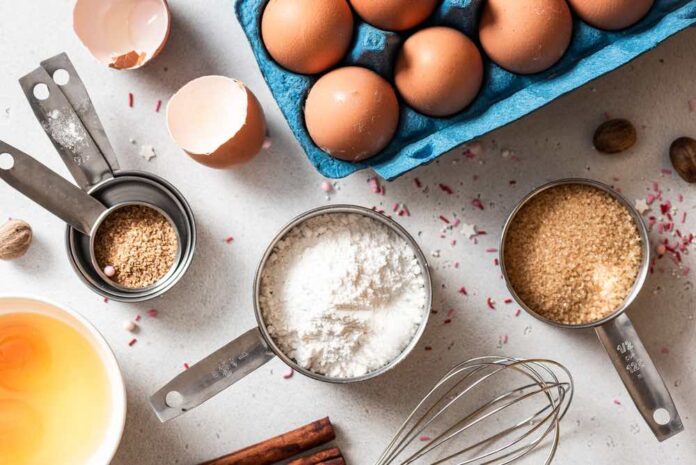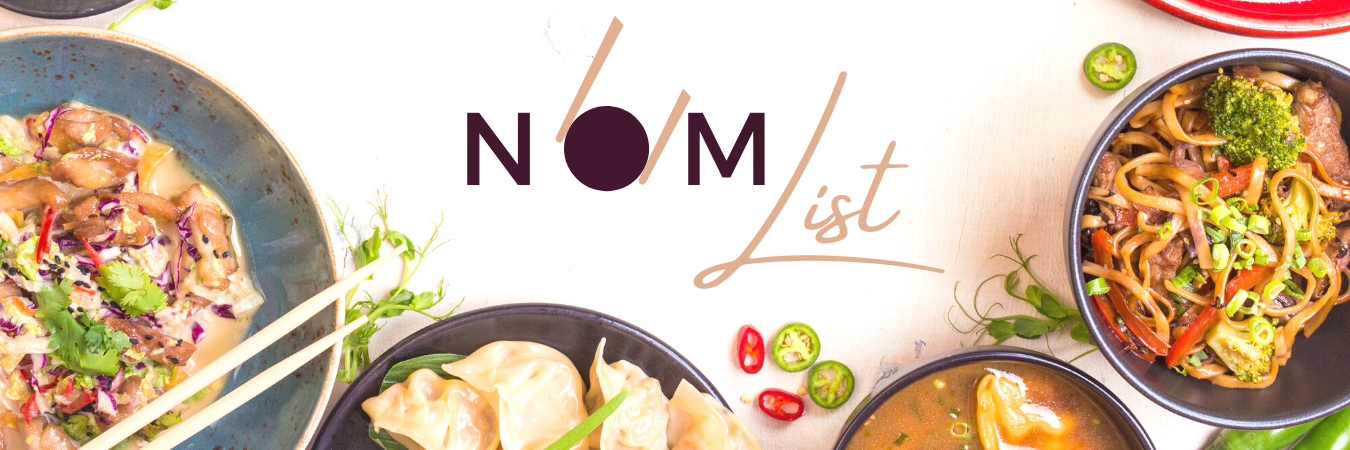
Baking is often seen as an art form, where delicious treats are created through the skillful blending of ingredients. However, beneath the surface, there is a whole world of science involved in the process. The craft of baking relies on the precise combination of flour, liquid, leavening agents, fats, sugars, and flavors to achieve the perfect end result. This fascinating fusion of art and science brings excitement to the kitchen and delight to the taste buds.
Understanding the science behind baking helps one grasp the purpose of each ingredient and how they interact with each other during the baking process. Flour provides structure through the formation of gluten, while liquids contribute to forming the texture. Leavening agents, such as baking soda or baking powder, are responsible for the rise of the baked goods, and fats contribute to the overall taste by acting as tenderizing agents. Sugar, besides adding sweetness to the recipe, also offers moistness to the final product.
With this knowledge in hand, a deeper appreciation of the baking process can be gained, allowing for better control over recipes and a more informed approach to experimentation. By harnessing the power of science, bakers can work with their ingredients in harmony, producing exquisite, mouth-watering treats that combine the artistic flair of the baker with the laws of chemistry and physics.
The Fundamentals of Baking Science
The Role of Ingredients
Baking is an applied science, relying on the interactions between various ingredients to create delicious and visually appealing pastries, breads, and desserts. The main components of most baked goods include flour, sweeteners, fats, liquids, eggs, and leavening agents. Each ingredient plays a vital role in the overall outcome of the product, and understanding their functions can improve the success of any baking endeavor.
- Flour: provides structure through the formation of gluten networks when mixed with liquid.
- Sweeteners: contribute to the taste, texture, and browning of baked goods.
- Fats: add moistness, richness, and flavor while tenderizing the product.
- Liquids: hydrate the ingredients, dissolve sugars, and enhance flavor.
- Eggs: help thicken and emulsify batters, contribute to leavening, and provide flavor and color.
- Leavening agents: create gas bubbles in the batter or dough, causing it to rise and create a light, airy texture.
Each ingredient’s properties dictate how the recipe will perform, and slight variations in ratios can lead to vastly different outcomes.
The Chemistry of Baking
The science of baking lies in the chemical reactions that occur between these ingredients during the mixing and baking process. These reactions can include:
- Maillard Reaction: This occurs when sugars and amino acids in the ingredients are exposed to heat and react, resulting in browning, unique flavors, and pleasing aromas.
- Caramelization: Sugars undergo a series of chemical reactions when exposed to high temperatures, resulting in the formation of rich, complex flavors and a deep golden color.
- Gelatinization: Starches in flour absorb water and swell during the baking process, which contributes to the structure and texture of the finished product.
- Leavening: The production of gas in the batter or dough, typically due to the presence of yeast, baking powder, or baking soda. This causes expansion and creates a light and airy texture.
- Protein Denaturation: Proteins in ingredients like eggs and flour change shape when exposed to heat, contributing to the structure and setting of the baked item.
- Fat Melting: Fats melt as temperature increases, reducing moisture content and eventually leading to evaporation, which contributes to a crisp, flaky texture.
By understanding the science behind these reactions and the role of each ingredient, bakers can better manipulate recipes and successfully create a wide array of baked goods. Consistency, precision, and a solid grasp of baking chemistry are essential for producing reliable and delicious results.
Main Baking Ingredients
Flour
Flour is the primary ingredient in baking. It provides structure to baked goods, as it contains proteins and starches that form gluten when mixed with water. Gluten gives the dough elasticity, allowing it to stretch and trap gases produced by leavening agents, resulting in a rise.
There are different types of flour, such as all-purpose, bread, cake, and whole wheat, each with varying protein content and uses in baking.
Sugar
Sugar is an important ingredient in baking as it provides sweetness, flavor, and texture. It also helps in the browning of baked goods through the Maillard reaction and helps retain moisture, ensuring a soft and tender texture. There are different types of sugar used in baking, including granulated, brown, powdered, and caster.
Fats
Fats are essential in baking for providing flavor, texture, and moisture. Common fats used in baking include butter, oil, lard, and shortening. Butter provides a rich flavor to baked goods while oil and shortening help create a tender and flaky texture. Shortening can also be used as a substitute for butter or lard in recipes that require specific textures, like pie crusts.
Leavening Agents
Leavening agents are responsible for making baked goods rise and become light and airy. The two most common leavening agents are baking soda and baking powder. Baking soda requires an acidic ingredient, like buttermilk, vinegar, or citrus juice, to create the necessary chemical reaction for rising. Baking powder, on the other hand, already contains an acid (cream of tartar) and only needs moisture and heat to activate.
- Baking Soda: requires an acidic ingredient
- Baking Powder: contains an acid, needs moisture and heat
Liquids
Liquids play a crucial role in the process of baking, as they help to hydrate the flour and create a dough or batter. Common liquids used in baking include water, milk, and cream. These liquids can also contribute to the flavor and texture of the final product. For example, milk adds a creamy taste and also aids in browning, while water has a neutral taste and can produce a lighter, crispier texture.
Eggs
Eggs serve many purposes in baking, including adding structure and stability, providing moisture, and contributing to leavening. They can also act as an emulsifier, helping fats and liquids combine smoothly in a recipe. Eggs affect texture, color, and flavor in baked goods, with yolks providing richness and fat, while the egg whites contribute to a lighter, airier texture.
Ingredient Interactions
Protein: Gluten and Structure
Proteins play a crucial role in baking, particularly gluten, which is a protein found in wheat flour. Gluten provides structure to baked goods, as it forms a network of interconnected elastic strands when mixed with liquid and kneaded or stirred. This network allows dough and batters to expand and hold their shape during baking, creating a desirable texture and crumb in the finished product.
Starches and Stabilization
Starches are essential ingredients in baking for stabilization. Typically found in flours and some other ingredients like cornstarch or potatoes, they absorb water and gelatinize during baking, resulting in a firmer, stable product. In bread, starch granules swell and set the crumb structure, while in cakes, the starch helps the batter set as the cake bakes.
Fats and Tenderization
Fats play a significant role in tenderizing baked goods. Common fats in baking include butter, shortening, and oil. By incorporating fats into dough or batter, they effectively shorten gluten strands, which in turn leads to a more tender, delicate crumb. Fats also contribute to moisture retention and prolong shelf life.
Sugars and Sweetness
Sugars are essential ingredients in baking for sweetness and flavor enhancement. They come in various forms, such as granulated white sugar, brown sugar, and corn syrup. Sugars not only add sweetness but also contribute to tenderness, as they weaken gluten structure. In addition, some sugar types like brown sugar can influence the color, aroma, and taste through caramelization.
Leavening and Rising
Leavening agents are responsible for helping baked goods rise and achieve their desired texture. There are several leavening agents, such as baking powder, baking soda, and yeast. Their primary purpose is to release carbon dioxide gas, which creates air pockets in the dough or batter, leading to a lighter, fluffier finished product. Baking soda reacts with acidic ingredients and heat to produce carbon dioxide, while baking powder, which contains sodium bicarbonate and an acid, activates with moisture and heat.
Liquids and Moisture
Liquids are crucial ingredients in baking for various purposes, including leavening, tenderness, and moistness. Common liquids used in baking include water, milk, and eggs. Liquids both hydrate dry ingredients, allow gluten and starches to form, and add moisture to the baked good. They may also contribute to flavor and desired color.
The Art of Mixing
Baking isn’t just about the ingredients; it’s also about the technique. The process of mixing ingredients together has a major impact on the outcome of the baked good. Mixing methods such as the creaming method, the muffin method, or the biscuit method, each serve a different purpose in baking.
- The Creaming Method: This method involves beating sugar and fat together until light and fluffy. It’s used primarily in cookie and cake recipes to incorporate air into the batter, which aids in leavening.
- The Muffin Method: This method involves mixing the dry ingredients in one bowl and the wet ingredients in another, then combining the two. It’s often used in muffin and quick bread recipes to create a tender crumb.
- The Biscuit Method: This method involves cutting cold fat into the dry ingredients before adding the liquid. This results in a flaky texture and is typically used in biscuit and pie crust recipes.
Understanding these techniques and knowing when to use them is an essential part of the science of baking.
Conclusion: Baking – A Harmonious Blend of Art and Science
Baking is a delightful blend of art and science, where the artistic skill of a baker meets the precise calculations and scientific reactions of the ingredients. Through a deep understanding of the roles and interactions of different ingredients, the chemical reactions taking place, and the techniques required, a baker can manipulate recipes to create an endless variety of baked goods, each with its unique flavor, texture, and appearance.
Every step, from choosing the right flour and leavening agent, to selecting the best mixing method, contributes significantly to the final result. And while the science of baking may seem complex, understanding these principles is a rewarding journey that enhances your skill and creativity as a baker.
In essence, mastering the science of baking allows you to transform simple ingredients into something that appeals not only to the taste buds but also to the eyes and the heart. So, the next time you bake, remember that you’re not just following a recipe, you’re engaging with the profound science that brings joy to life, one bake at a time.
Happy baking!


